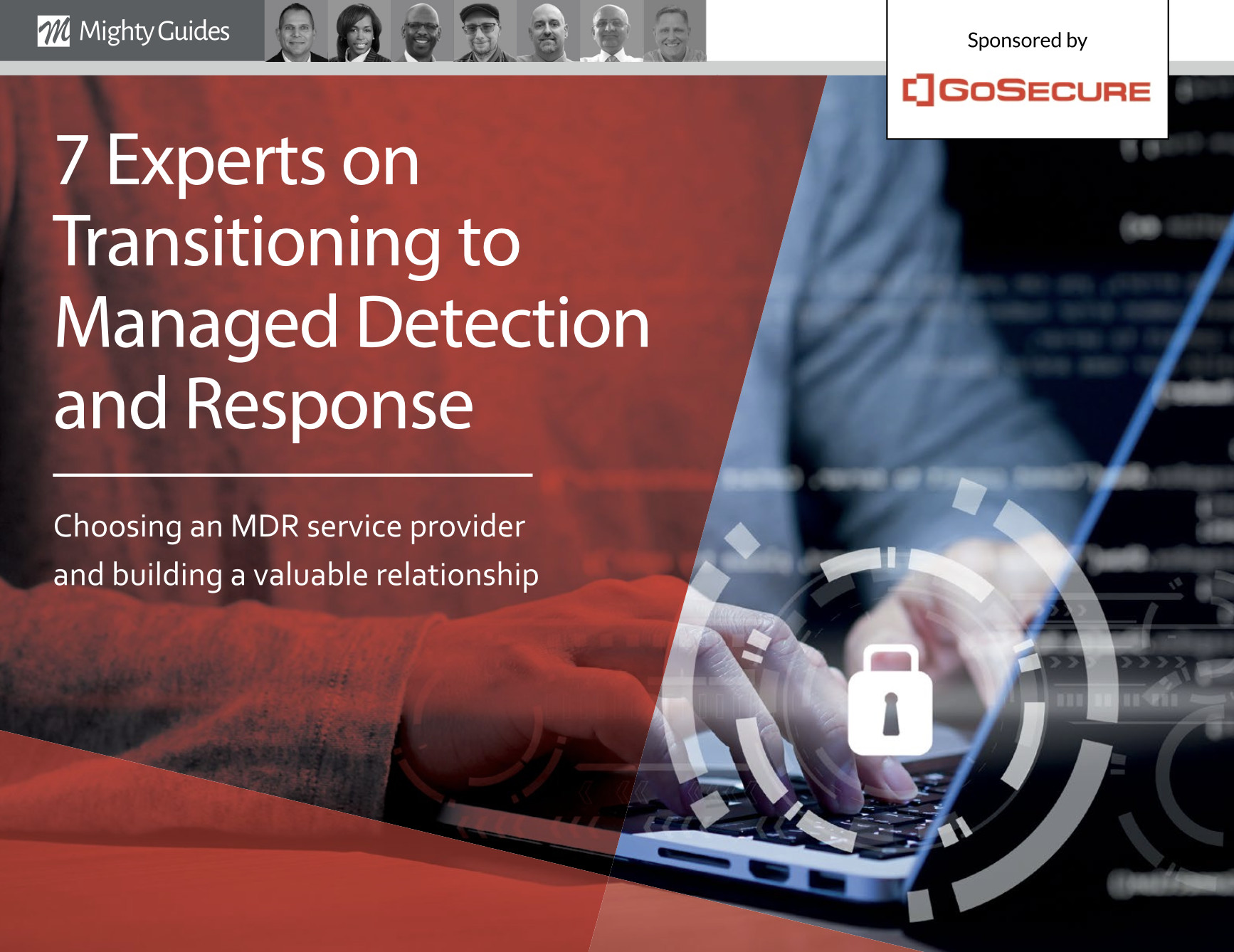
Hemant Desai, CIO, Guilford County
“In reviewing our strengths and weaknesses, we determined that our greatest risks came from having limited internal resources.”
After outsourcing IT security to a managed security service provider for several years, we brought all IT security in house so that we could have more control. Now, several factors are causing us to evaluate extending our current security practice with a monitoring detection and response (MDR) service provider.
As the IT department for a county government, my team and I support many county operations including law enforcement, and Health and Human Services (DHHS). Now, with the coronavirus disease 2019 (COVID-19), we are supporting DHHS and the county’s vaccination efforts. We have an internal security team who manage cybersecurity for approximately 2,500 employees. The security team operates with a security incident and response plan that includes risk assessment for IT assets,
risk mitigation, and continuity of operations.
Because of the growing complexity of IT security and the increasing pressure on our in-house resources, combined with the fact that in recent months, many organizations including government entities have experienced ransomware attacks, we know we need to continue to evolve our security strategy and extend our capabilities. We are in the early stages of evaluating our resource gaps to determine the best way to fill them.
This is an excerpt from 7 Experts on Transitioning to Managed Detection and Response. This eBook was generously sponsored by GoSecure.



